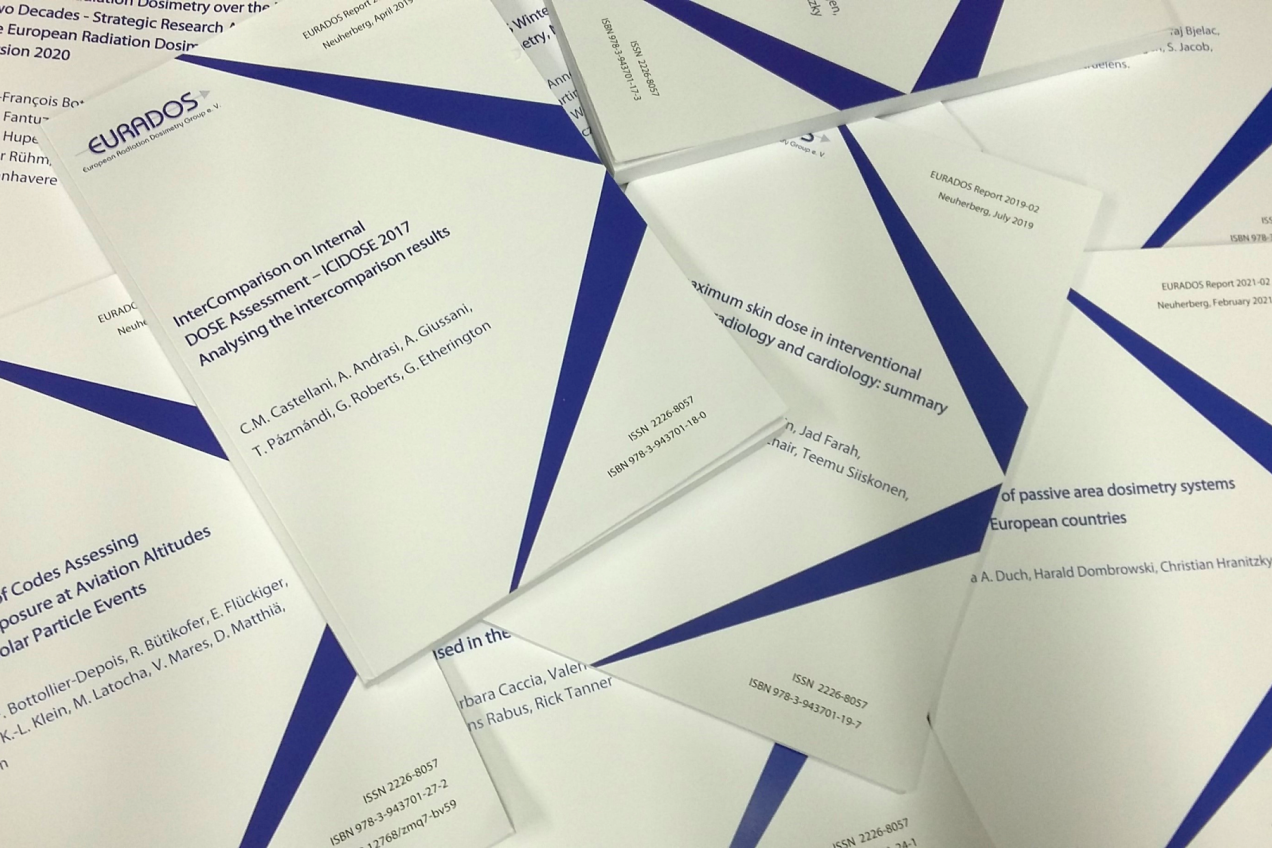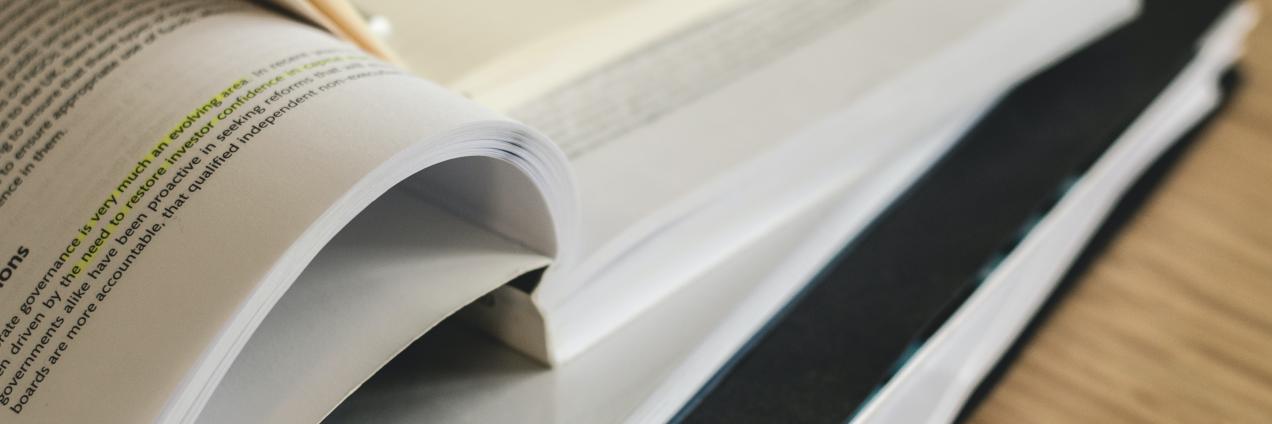EURADOS Report 2024-02 published: "Computational Methods in Dosimetry – State of the Art and Emerging Developments: Proceedings of the 15th EURADOS School, Belgrade, June 23rd, 2022"

EURADOS Report 2024-02 is published: "Computational Methods in Dosimetry – State of the Art and Emerging Developments: Proceedings of the 15th EURADOS School, Belgrade, June 23rd, 2022"
Manuel Bardiès, Robert Bernat, Carles Domingo Miralles, Paolo Ferrari, Pasquale Lombardo, Vladimir Markovic, Francesc Salvat Pujol, Emanuele Scifoni, Rick Tanner, Maria Zankl
Abstract: The 15th EURADOS School “Computational Methods in Dosimetry – State of the Art and Emerging Developments” took place within the framework of the EURADOS Annual Meeting 2022, which marked the 40th Anniversary of EURADOS. The theme of the School was motivated by the previous completion of a series of intercomparisons organised by Working Group 6 “Computational Dosimetry” and the publication of a Virtual Special Issue in Radiation Measurements which collected the articles on the results and findings of these intercomparisons.
The slides of the presentations given at the School are available on the EURADOS website and recordings of most of the presentations can be found on the EURADOS YouTube channel. This EURADOS report contains written summaries of the presentations by most of the speakers at the School.
The first two chapters give an introduction to the topic of computational dosimetry and to the foundations of the Monte Carlo technique which plays an important role in this area. In the third chapter, the important practical aspect of how to use Monte Carlo techniques in an efficient way is addressed. The ensuing chapter 4 deals with the implementation of numerical anthropomorphic phantoms in Monte Carlo simulation, a highly relevant aspect for the use of Monte Carlo simulations in radiation protection.
Chapter 5 focusses on another important aspect of computational dosimetry, the use of unfolding techniques to determine neutron spectra from measurements. Both chapters 4 and 5 already allude to EURADOS intercomparisons in computational dosimetry. The history of intercomparisons organized by EURADOS WG6 is reviewed in chapter 6 which also includes a reproduction of the summary paper from the Special Issue on the common points and the lessons learnt from these exercises.
The second part of the report relates to trends and new developments in computational methods in dosimetry. The advances of the OpenDose3D project, which aims at building a sound basis for dosimetry in nuclear medicine, are described in chapter 7. New developments in radiotherapy treatment planning for external radiotherapy using particle beams are given in chapter 8 and flexible computational phantoms for use with simulations for the development personal online dosimetry in chapter 9. The final chapter 10 is devoted to the issue of data processing in radiation protection dosimetry, an important aspect of increasing digitisation in this field.

